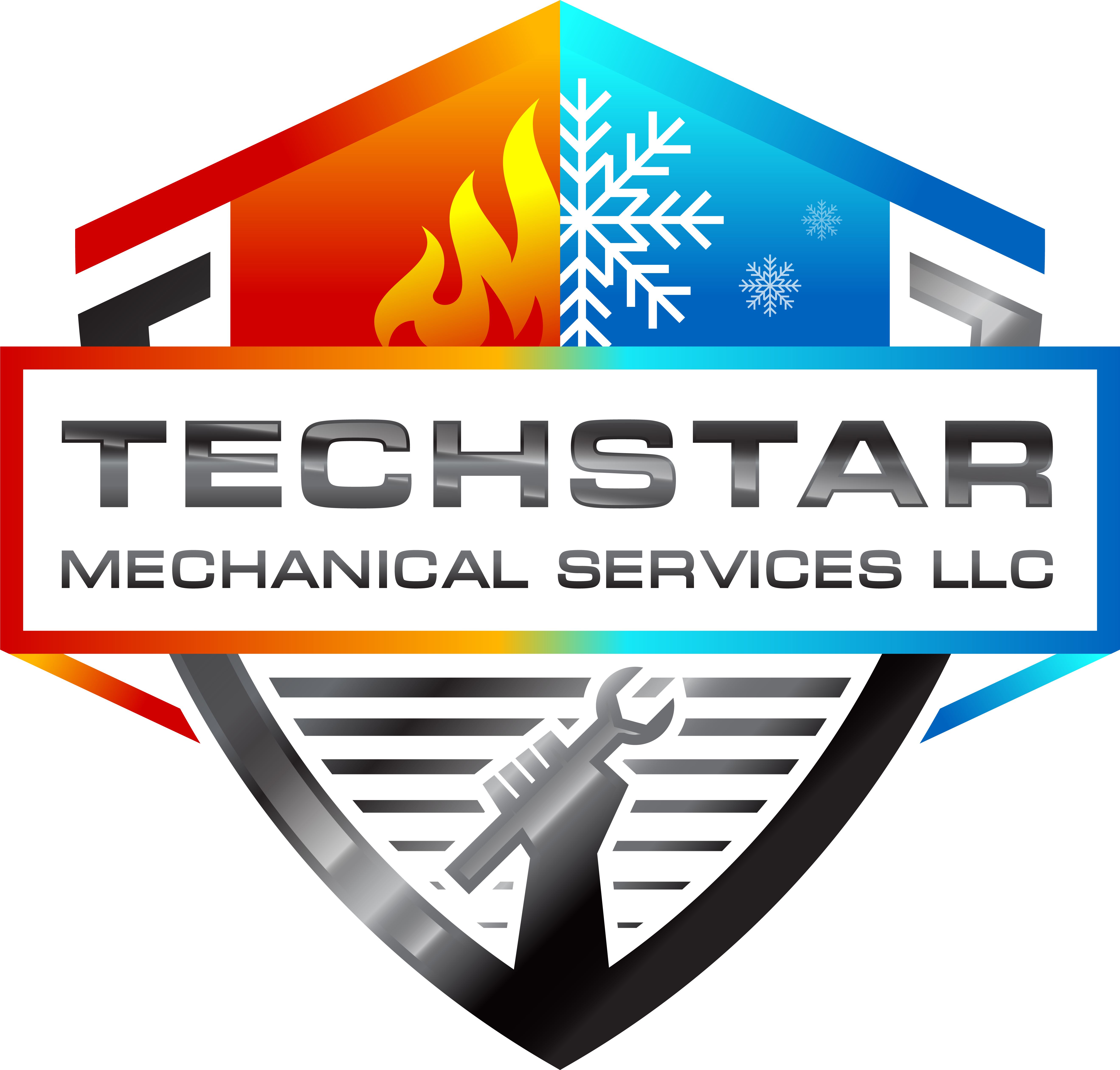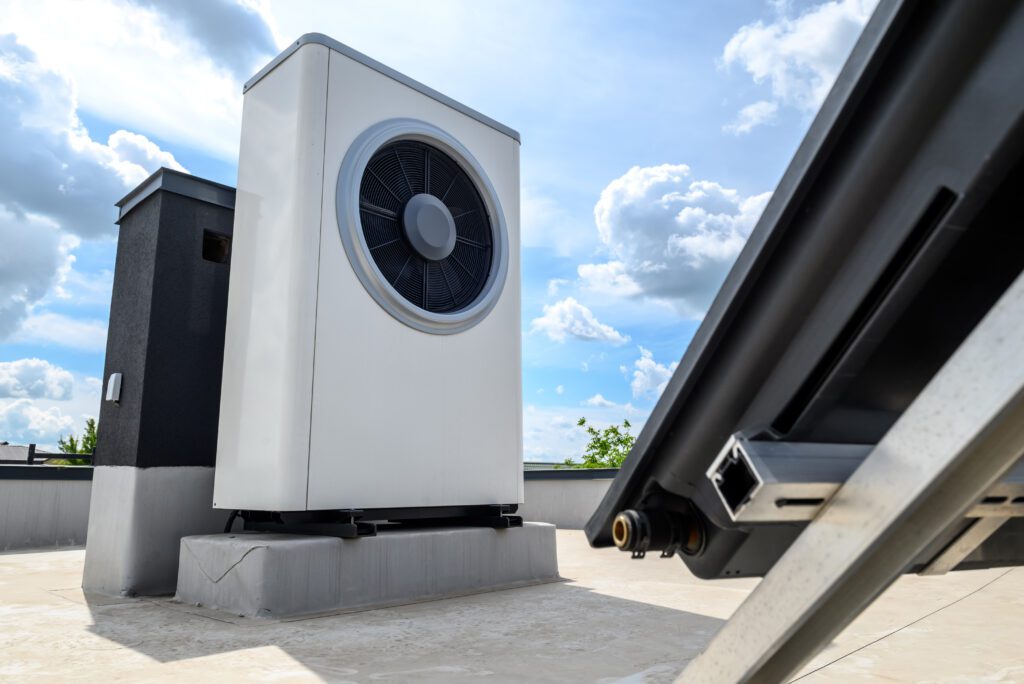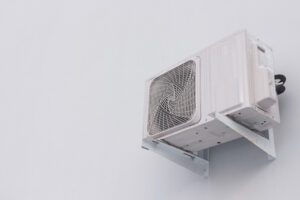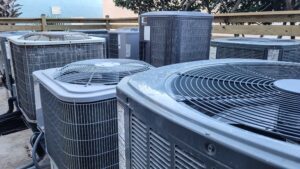Summer is a time of sweltering heat, and the last thing you want is for your HVAC system to break down when you need it most. As a Martinsburg resident, it’s essential to understand how your HVAC system works and be aware of common problems that may arise during the summer months. By following some preventive maintenance tips and learning a few DIY repair techniques, you can keep your HVAC system running smoothly and ensure your home stays cool and comfortable all summer long.
Understanding Your HVAC System
Before we dive into repair tips, let’s take a moment to understand the key components of an HVAC system and how it works. Your HVAC system consists of three main parts: the furnace or heat pump, the air conditioner, and the ductwork.
Key Components of an HVAC System
The furnace or heat pump is responsible for heating your home during the colder months. It uses natural gas, electricity, or oil to generate heat, which is then distributed through the ductwork.
The air conditioner, on the other hand, is what keeps your home cool during the summer. It works by removing heat from the indoor air and transferring it outside. The refrigerant plays a crucial role in this process, absorbing the heat and releasing it outside.
The ductwork forms a network of ducts that distribute conditioned air throughout your home. It ensures that every room receives an equal amount of cool or warm air, depending on the season.
How Your HVAC System Works
Now that we understand the key components let’s look at how your HVAC system works. During the summer, the air conditioner is the star of the show. It pulls warm indoor air through the return ducts and passes it over cold evaporator coils. These coils absorb the heat from the air, cooling it down. The cooled air is then distributed through the supply ducts and released back into your home.
Meanwhile, the heat absorbed by the evaporator coils is transferred to the refrigerant, which then flows to the outdoor unit, where the heat is released into the air.
But have you ever wondered how the refrigerant actually absorbs the heat from the air? Well, it’s all thanks to a fascinating process called phase change. When the refrigerant enters the evaporator coils, it is in a low-pressure, low-temperature state. As the warm indoor air passes over the coils, the refrigerant absorbs the heat and undergoes a phase change, transforming from a liquid to a gas. This phase change allows the refrigerant to efficiently absorb large amounts of heat from the air, cooling it down significantly.
Once the refrigerant has absorbed the heat, it flows to the outdoor unit, where it enters the condenser coils. Here, the refrigerant is compressed, causing it to release the heat it absorbed from your home’s indoor air. As the refrigerant releases the heat, it undergoes another phase change, transforming back into a liquid. The heat is then expelled into the outdoor air, leaving the refrigerant ready to repeat the cooling process.
It’s truly remarkable how these components work together to keep your home comfortable throughout the year. Whether it’s the furnace providing warmth during the winter or the air conditioner keeping you cool in the summer, your HVAC system is a complex and efficient system that ensures your indoor environment remains just right.
Common HVAC Problems During Summer
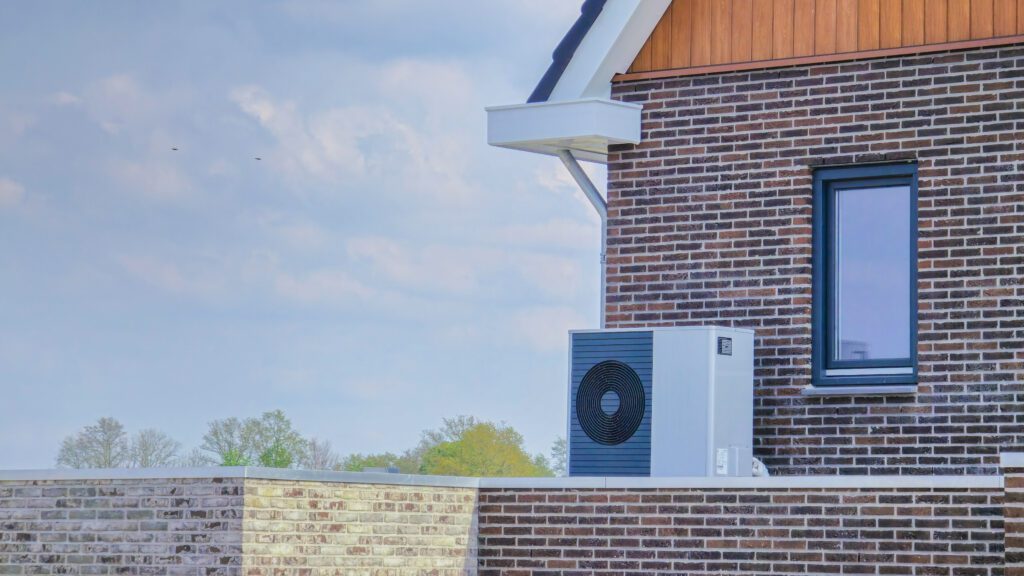
As the weather heats up, certain HVAC problems tend to be more common. Understanding these issues can help you recognize when there’s a problem and take appropriate action.
Summer is the time when your HVAC system works the hardest to keep your home cool and comfortable. With increased usage, it’s important to be aware of potential issues that may arise and impact the performance of your system.
Overheating Issues
One common problem during summer is overheating of the HVAC system due to high demand. This can happen if the system is running for extended periods without a break, causing the components to overheat. In severe cases, this can lead to the system shutting down completely.
To prevent overheating, it’s essential to ensure proper maintenance of your HVAC system. Regularly changing air filters, cleaning the coils, and scheduling professional tune-ups can help improve the efficiency of your system and reduce the risk of overheating.
Refrigerant Leaks
Refrigerant leaks can occur when there is damage to the refrigerant lines or the coils. Without the proper amount of refrigerant, your air conditioner won’t cool your home effectively. If you notice your home is not getting as cool as it should be, a refrigerant leak might be the culprit.
It’s crucial to address refrigerant leaks promptly to prevent further damage to your HVAC system. A professional technician can locate and repair the leak, as well as recharge the refrigerant to ensure optimal performance.
Thermostat Malfunctions
A malfunctioning thermostat can cause temperature inconsistencies in your home. If your thermostat is not accurately reading the temperature or if it’s not communicating properly with your HVAC system, you may experience uneven cooling or an inability to adjust the temperature as desired.
Regularly calibrating and testing your thermostat can help identify any issues early on. If you suspect a malfunction, consider upgrading to a programmable thermostat for better control over your home’s temperature settings.
Preventive Maintenance for Your HVAC System
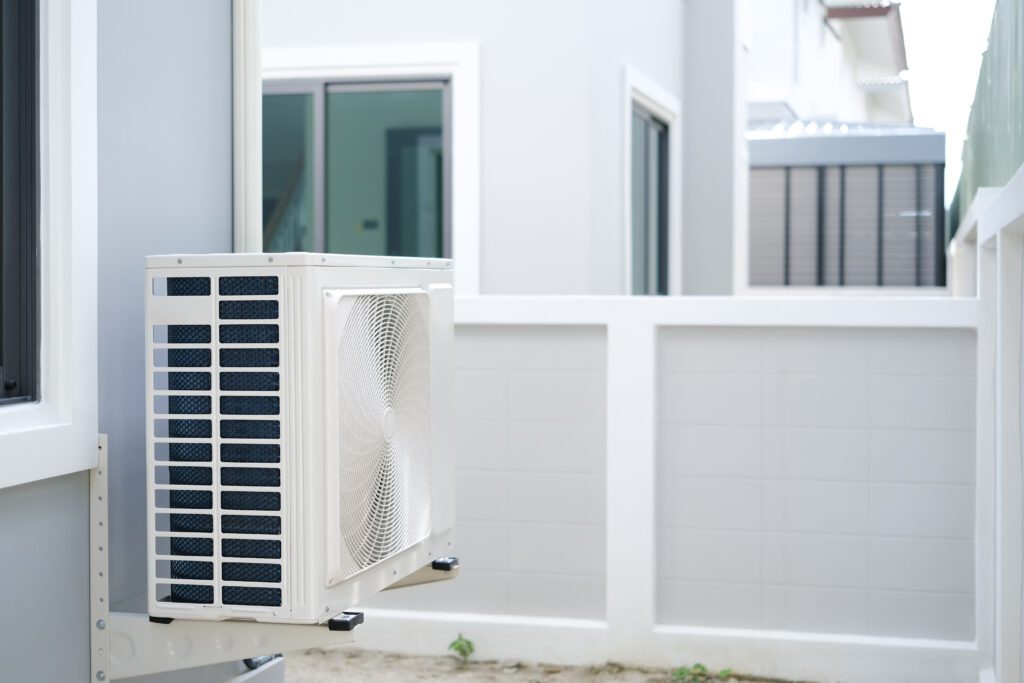
Prevention is always better than cure when it comes to your HVAC system. By following these simple maintenance tips, you can minimize the risk of breakdowns or major repairs.
Regular maintenance not only extends the lifespan of your HVAC system but also ensures optimal performance and energy efficiency. Taking care of your system can save you money in the long run and prevent unexpected breakdowns during extreme weather conditions.
Regular Cleaning and Inspection
Regularly cleaning and inspecting your HVAC system helps keep it in tip-top shape. Clean the outdoor unit of any debris, such as leaves or grass clippings, to ensure proper airflow. Additionally, check the indoor unit for dust or dirt buildup and clean as necessary.
Inspecting the evaporator and condenser coils is also crucial in maintaining your system’s efficiency. Over time, these coils can accumulate dirt and grime, reducing their ability to transfer heat effectively. Cleaning these coils can improve your system’s performance and lower your energy bills.
It’s also a good idea to inspect the ductwork for any leaks or damage. Leaky ducts can significantly reduce your system’s efficiency and impact your home’s comfort levels. If you notice any issues, contact a professional for repairs.
Changing Air Filters
Another essential maintenance task is regularly changing your air filters. Clogged or dirty filters restrict airflow, making your HVAC system work harder than necessary. Aim to change your filters every 1-3 months, depending on usage.
Investing in high-quality air filters can not only improve your indoor air quality by trapping dust, pollen, and other allergens but also protect your HVAC system from premature wear and tear. Filters with a higher MERV rating can capture smaller particles, providing cleaner air for you and your family.
Scheduling Professional Maintenance
While there are some maintenance tasks you can handle yourself, it’s crucial to schedule professional maintenance at least once a year. HVAC technicians can inspect your system more thoroughly, identify any potential issues, and perform any necessary repairs or adjustments.
During a professional maintenance visit, technicians will check refrigerant levels, inspect electrical components, lubricate moving parts, and ensure all system controls are functioning correctly. This comprehensive inspection can catch minor issues before they escalate into major problems, saving you time and money in the long run.
DIY HVAC Repair Tips
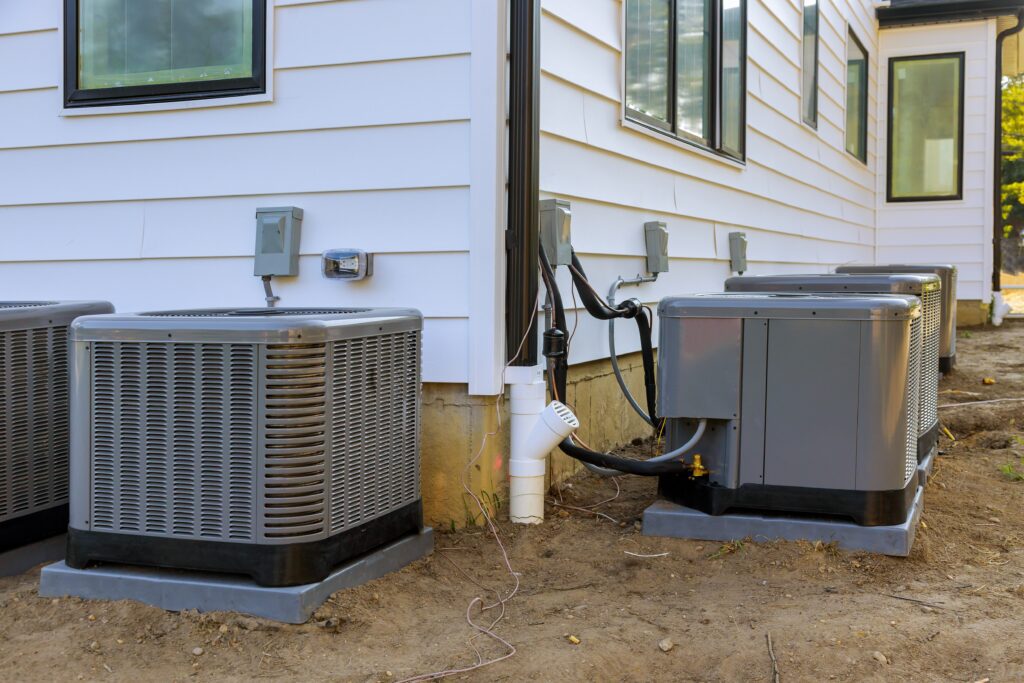
While professional maintenance is essential, some minor issues can be resolved with a little DIY know-how. Here are a few repair tips you can try before calling in the professionals:
Resetting Your Circuit Breaker
If your HVAC system suddenly stops working, check your circuit breaker. Sometimes, a tripped breaker can cause the system to shut down. Locate your breaker panel and look for any tripped switches. If you find one, simply toggle it off and then back on to reset it.
Cleaning Your Outdoor Unit
An outdoor unit clogged with debris can impede airflow and strain your system. Make sure to turn off the power to the unit before cleaning. Gently remove any leaves, twigs, or other debris around the unit. You can also hose down the fins to remove dirt or dust buildup. Just be careful not to use excessive water pressure, as this can damage the fins.
Checking Your Thermostat Settings
If you’re experiencing temperature inconsistencies, check your thermostat settings. Make sure it’s set to the correct temperature and mode (e.g., cooling or heating). Additionally, ensure the fan setting is on “auto” rather than “on” to prevent the fan from running continuously.
Remember, these DIY tips should only be used for minor issues. If you’re unsure or the problem persists, it’s best to call a professional HVAC technician for further assistance and repair.
Now, let’s delve a little deeper into each of these DIY HVAC repair tips to ensure you have a comprehensive understanding of how to handle these common issues.
When it comes to resetting your circuit breaker, it’s important to note that a tripped breaker is often an indication of an electrical overload. This could be caused by a faulty component within your HVAC system or even an issue with your electrical wiring. If you find that your circuit breaker trips frequently, it’s advisable to consult with a professional to diagnose and address the underlying problem.
As for cleaning your outdoor unit, it’s not just about removing visible debris. Over time, the fins of the unit can accumulate dirt and dust, which can significantly impact its efficiency. In addition to hosing down the fins, you can also use a soft brush to gently clean them. This will help improve airflow and prevent unnecessary strain on your system.
Checking your thermostat settings may seem like a simple task, but it’s worth mentioning that outdated or malfunctioning thermostats can lead to temperature inconsistencies. If you notice that your thermostat is not accurately reflecting the temperature in your home, it may be time to consider upgrading to a programmable thermostat. These advanced devices offer precise temperature control and can help optimize energy efficiency.
With these summer HVAC repair tips, you’ll be well-prepared to handle common issues that may arise with your system. Don’t let a breakdown spoil your summer comfort. Take the necessary steps to keep your HVAC system in good condition, and enjoy a cool and pleasant home throughout the season.
